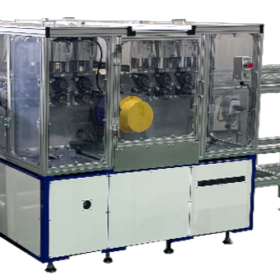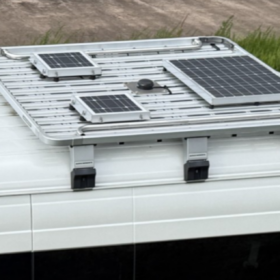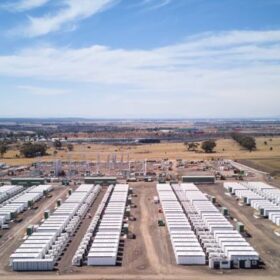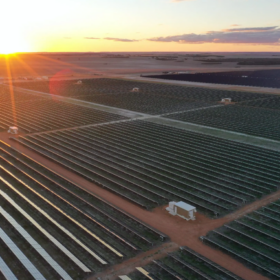Japan launches call for road-surface solar technologies
Japan’s Ministry of Land, Infrastructure, Transport and Tourism has started accepting submissions for new road-surface PV technologies, with field verification planned in pedestrian areas at roadside stations to test performance and electricity use ahead of societal implementation.
Panasonic glass-based perovskite solar panels tested in office windows
Japanese electronics manufacturer Panasonic is testing its glass-based perovskite solar PV technology in office windows made by YKK AP, a construction and building materials company.
Japanese companies partner to establish solar glass recycling scheme
Two Japanese companies have announced a partnership to advance the recycling of solar panel cover glass for application in architectural flat glass production.
Japanese utility uses Sharp PV-linked home batteries for grid balancing
Japanese utility Tohoku Electric Power is using Sharp’s residential batteries and AI-powered energy management systems to balance grid demand and optimise household solar energy use. Customers in the program can earn points redeemable for local products.
Toyota developing two-seater electric vehicle with solar roof
Toyota Manufacturing UK says it is leading a consortium to investigate the feasibility of a lightweight micro-mobility electric vehicle with a PV roof, digital connectivity, and sustainable components.
Nissan presents mini electric vehicle with expandable solar roof
The Japanese car maker announced it will show a prototype extendable solar PV rooftop onboard a Nissan Sakura Kei at an upcoming mobility industry event in Japan.
Shadow-aware route planning for vehicle-integrated photovoltaics
Japanese researchers have proposed a method for future vehicle-integrated photovoltaic route planning. It integrates environmental shading effects based on satellite and geographic information system data.
Novel fluorine recovery method promises polymer recycling benefits
Researchers have developed a novel defluorination method to dispose of PTFE, used in solar componentry and electric cable coating, that converts its constituent fluorine compounds and could enable eco-friendly polymer recycling.
Panasonic testing new energy management system to combine solar, heat pumps, batteries
The Japanese company said the first pilot projects are being carried out in the Tokyo metropolitan area with the support of Japanese oil giant Eneos.
Electric vehicle fleet delivery routes optimised to find local surplus solar
Scientists in Japan have developed a model that predicts surplus solar generation and creates a route for optimised charging of electric delivery vehicles, defining their work as a practical blueprint for logistics operators.















